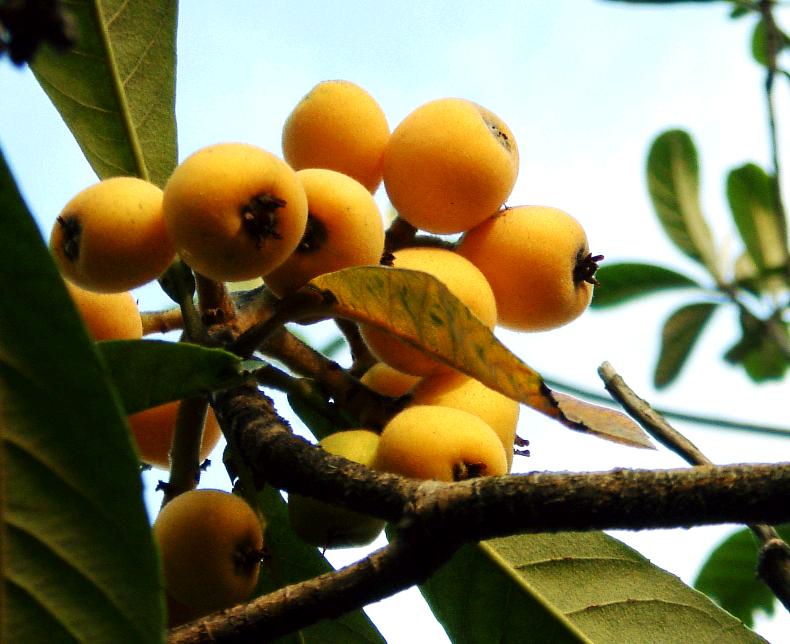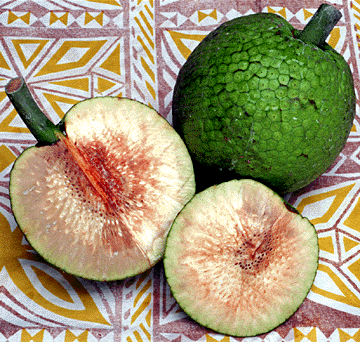An aubergine is a solanaceous fruit native to Asia. Many Americans know the fruit better as an eggplant, while some regions of India refer to it as a brinjal. There are numerous other regional names for the aubergine, which plays a role in the cuisine of many nations. Aubergines can be baked, stewed, roasted, grilled, or fried with a variety of coatings and sauces. Some examples of dishes containing aubergine include Eggplant Parmesan, baba ghanouj, and baingan bartha.
The formal botanical name for the aubergine is Solanum melongena. The plant is related to other solanaceous plants including potatoes and tomatoes, all members of the nightshade family. Like its relatives, the aubergine has small five petaled flowers and lobed leaves. Aubergine flowers range in color from white to pale purple, depending on cultivar. The common name of “eggplant” comes from the resemblance that some of the fruits have to eggs. “Aubergine” derives from aPersian word, badenjan.
Technically, aubergines are fruits, not vegetables. They prefer warm weather climates, and will grow perennially from USDA zones nine to 11. They can also be cultivated as annuals in zones seven and eight. As a general rule, aubergines are cultivated from seedlings, which are sprouted in a greenhouse and planted out after the last risk of frost. Approximately three feet (one meter) should be left between plants, as they can start to sprawl as they grow. Water lightly every week and mulch to help the plants retain moisture, and pinch back blossoms in the later summer and early fall so that the plant can dedicate its energy to developing the young fruit already starting to grow.
Benefits of Aubergine
Aubergine is a good source of calcium, potassium, phosphorus, folic acid as well as beta-carotene. Aubergine is low in calories.
Additionally, it is effective against the formation of free radicals. It can also help in maintaining the cholesterol levels in the body.

